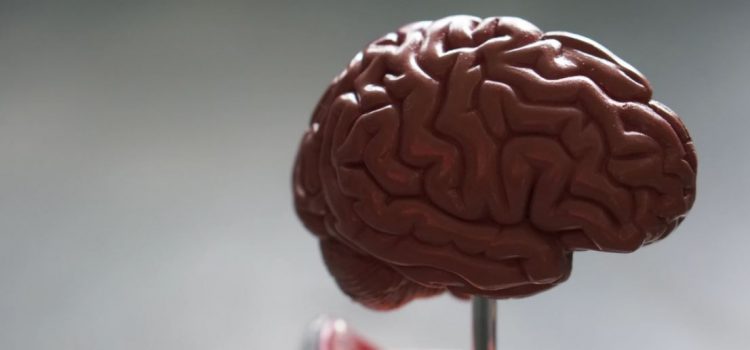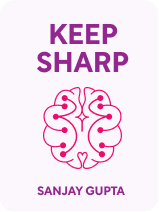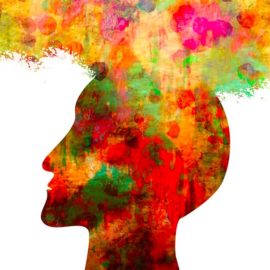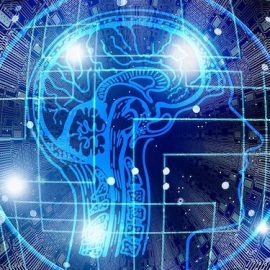

This article is an excerpt from the Shortform book guide to "Keep Sharp" by Sanjay Gupta. Shortform has the world's best summaries and analyses of books you should be reading.
Like this article? Sign up for a free trial here .
Are there really right-brained and left-brained people? What are the characteristics associated with right- and left- brain dominance?
In pop psychology, people are described as either left-brained (analytical and orderly) or right-brained (creative and imaginative). However, this distinction doesn’t actually have any basis in neuroscience. The left brain/right brain myth has long been debunked, although we still use these terms to describe personality and thinking style.
Here’s why the left brain/right brain theory is moot.
Localization of Function in the Brain
Not too long ago, it was thought that the brain was split up into separate parts that acted on their own: One part of the brain was used for abstract thinking, another for interpreting language. This led to the debunked theory that people are either left- or right-brain dominant. We now know, however, that much of the brain’s power and complexity comes not from the individual sections, but from the communication between each section.
Communication within the brain happens between neurons through synaptic connections, writes Gupta. There are billions of neurons, or brain cells, in the human brain, and trillions of synapses through which information is transmitted from one neuron to another via electrical signals. It is through these neural connections that our brains can perform both simple and complex tasks. These connections allow us to make decisions, communicate, analyze information, feel emotions, orient ourselves, coordinate movements, and so forth. In other words, our brains are highly dependent on the circuitry between different areas.
How Independent Are Our Brains’ Separate Parts?
Recent research shows the brain’s separate parts are much more interdependent than previously thought, debunking the left brain/right brain myth.
A 2013 study used neuroimaging to show that the human brain doesn’t favor one side over the other. In other words, no one is right-brain or left-brain “dominant”: We use both sides of our brains for virtually every task. Another study found that the idea that certain activities are linked to particular areas of the brain may be too rigid. This research suggests that the entire cerebral cortex is activated during most tasks, not just the area associated with that task. Furthermore, this study shows that brain activity isn’t localized but moves in waves throughout the entire brain.
Despite this research, many scientists still accept the theory that the brain is made up of largely independent parts. Although the parts are connected by neural pathways, they still operate with a certain degree of autonomy. Psychologists believe this is why we have things such as cognitive dissonance and indecision, which suggest not only that the brain’s areas are independent but that they are sometimes in conflict.
Whether the different areas of our brains are working independently or not, however, does not take away from the importance of communication between them. One study found that the synchronization of neurons across different areas is responsible for maintaining our short-term memory. In other words, when we try to remember something, neurons are firing at the same time in different parts of the brain. This suggests that the functioning of our neural connections is vital to our memory and thus our overall cognitive abilities.

———End of Preview———
Like what you just read? Read the rest of the world's best book summary and analysis of Sanjay Gupta's "Keep Sharp" at Shortform .
Here's what you'll find in our full Keep Sharp summary :
- The steps you can take to prevent cognitive decline such as Alzheimer’s
- How to keep your brain strong and resilient throughout your life
- Foods to eat and avoid to maintain brain health






